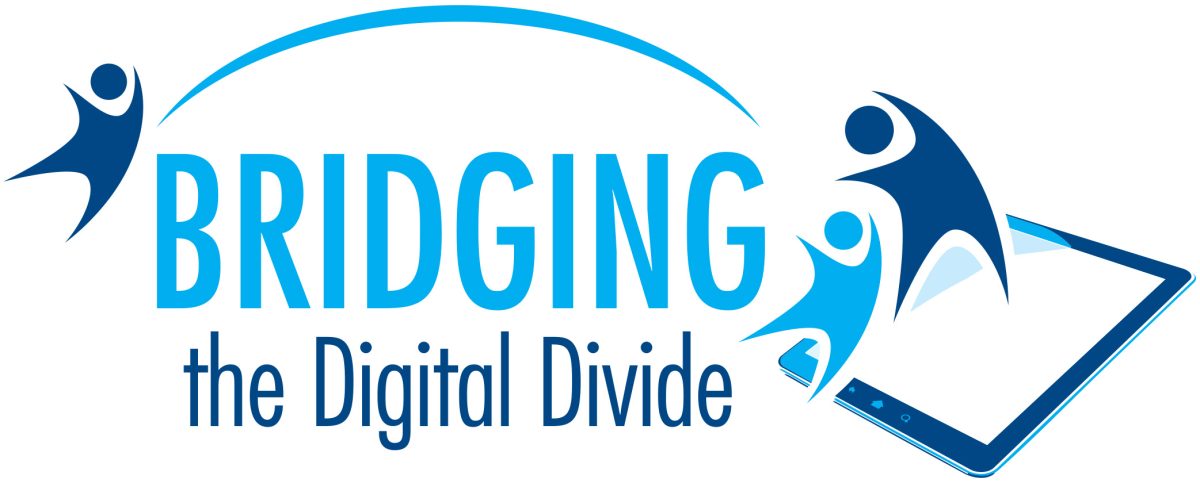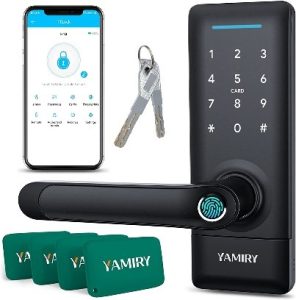Written by Amy Norton, EASTCONN & Arlene Lugo, CTTAP
 Smart home technology devices make awesome holiday gifts, especially for individuals with disabilities or aging adults who might be looking for ways to enhance access to their home, improve their functioning, and make a real difference in increasing their independence!
Smart home technology devices make awesome holiday gifts, especially for individuals with disabilities or aging adults who might be looking for ways to enhance access to their home, improve their functioning, and make a real difference in increasing their independence!
Here are some of the more common smart home devices that our Assistive Technology partners have been recommending this past year (in no particular order):
Smartplugs like the Wemo or Kasa Wi-Fi Smart Plugs –
These Wi-Fi outlets can be plugged into your regular wall outlet. Connect it to your home’s Wi-Fi and download the app. Such an easy way to upgrade and automate your regular (not smart) devices. Whatever you plug into the smart outlet can now be controlled by the app or via voice control through an Amazon Alexa or Google Assistant. These devices provide an excellent way to turn lights, devices and even holiday displays on and off, especially if the outlets are hard to reach, outdoors or when you are away from home.
Philips Hue Motion sensor –
Turns your lights on and off with motion – it’s hands-free and voice-free. Simply walk or roll past the sensor to turn the lights on to increase safety and reduce trips, falls and bangs. These sensors are especially helpful when entering or leaving home, when a light switch is hard to reach, or for those late night trips to the kitchen or bathroom. The Philips Hue Motion sensor works great with the Philips Hue smart light bulbs. It is battery-operated, which means that someone will need to change them periodically, and it connects to an app for initial setup.
Video doorbells –
Allow you to see who is at your door right from the app. Is it a delivery person dropping off a package, your personal care attendant, family, friends or neighbors stopping by to celebrate the season or someone you don’t know? Not only can you see the person, you can speak to them through the doorbell. Some alert you via motion before they even ring the doorbell. CNET offers a great article comparing some of the top video doorbells, including prices and features.
Smart Assistants –
Amazon Echo Show Series brings all the smarts of Amazon’s voice assistant, along with the ability to video chat and watch cooking or other videos and look up recipes to make your favorite holiday meal. Use “drop-in” to allow family, friends and caregivers to stop in virtually using both audio and video.
This feature of the Echo Show devices does not require you to answer and can provide added safety for those times when you are alone especially if you are at risk for falls, need reminders to take medications or are unable to visit with others in person. During set-up, you control who is able to drop-in. The devices in the series come in 5, 8, 10 and 15 inches. Read the CNET Echo Show 5 Review.
Google Nest Hub – according to CNET, the second-gen Google Nest Hub is “a super smart device that brings convenience to nearly every dimension of the Google Assistant-powered smart home. Whether you’re streaming music, checking who’s ringing your video doorbell or playing YouTube videos, the Nest Hub’s got you covered.”
The display on the device is 7 inches but if you are looking for a larger display, check out the Google Nest Hub Max which is 10 inches. Read the CNET Google Nest Hub Review.
Happy Holidays to All!






 This is a great way to visually connect with loved ones near and far. Setting up weekly family meetings helps maintain a sense of normalcy and belonging. Should your loved one has memory difficulties, it also helps reinforce and identify family members. For those that have difficulty hearing or understanding what is being spoken, closed captions can be enabled on most platforms.
This is a great way to visually connect with loved ones near and far. Setting up weekly family meetings helps maintain a sense of normalcy and belonging. Should your loved one has memory difficulties, it also helps reinforce and identify family members. For those that have difficulty hearing or understanding what is being spoken, closed captions can be enabled on most platforms. 
 As the Director of Inclusion and Accessibility at UCP of Eastern CT, I had the pleasure of working with Bin (pictured) and his wife, both of whom are wheelchairs users. They moved into an accessible home in the past year and with the support of staff from the Department of Developmental Services (DDS), they lived fairly independently. I had the chance to work with Bin to provide a comprehensive Assistive Technology evaluation to help identify Assistive Technology devices and Smart Home Technology to increase their independence in their home, particularly for when they didn’t have staff there.
As the Director of Inclusion and Accessibility at UCP of Eastern CT, I had the pleasure of working with Bin (pictured) and his wife, both of whom are wheelchairs users. They moved into an accessible home in the past year and with the support of staff from the Department of Developmental Services (DDS), they lived fairly independently. I had the chance to work with Bin to provide a comprehensive Assistive Technology evaluation to help identify Assistive Technology devices and Smart Home Technology to increase their independence in their home, particularly for when they didn’t have staff there.










 In 2022, the girls’ mother reached out again as their vision had declined and they had updates to their cochlear implants and now had Bluetooth capabilities. The CT Tech Act Project, with the help of United Cerebral Palsy of Eastern CT’s AT evaluator, was able to again give assistance by providing additional equipment including MacBook Pros and iPhone 13 Pro Maxs to help with the changes in both their eyesight and new implants. The larger screens and the built-in accessibility features of the devices help to reduce eye strain and headaches. To say that both girls are grateful for the technology is an understatement. One of the sisters stated, “It has changed our lives in a way I couldn’t imagine.”
In 2022, the girls’ mother reached out again as their vision had declined and they had updates to their cochlear implants and now had Bluetooth capabilities. The CT Tech Act Project, with the help of United Cerebral Palsy of Eastern CT’s AT evaluator, was able to again give assistance by providing additional equipment including MacBook Pros and iPhone 13 Pro Maxs to help with the changes in both their eyesight and new implants. The larger screens and the built-in accessibility features of the devices help to reduce eye strain and headaches. To say that both girls are grateful for the technology is an understatement. One of the sisters stated, “It has changed our lives in a way I couldn’t imagine.”